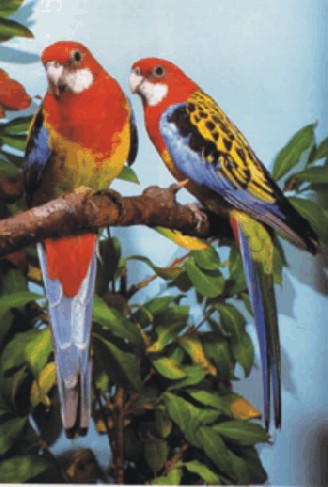|
The Society:
 HOME
HOME
 Introduction
Introduction
 Objects
Objects
 Join or renew
Join or renew
 Guest Book
Guest Book
 Hall of Fame Hall of Fame
 Products For Sale
Products For Sale
 Classifieds Ads
Classifieds Ads
 Contact Us
Contact Us
The Avicultural Journal
 Journal Archives
Journal Archives
 Exotic Bird Species
Exotic Bird Species
 Budgerigar Information
Budgerigar Information
 Canary Information
Canary Information
 Parrot Information
Parrot Information
 Finch Information
Finch Information
 General Information
General Information
 First Breeding Awards
First Breeding Awards
Affiliations:
 Affiliated Clubs
Affiliated Clubs
 Parrot Association of Canada
Parrot Association of Canada
 Avian Preservation Foundatn
Avian Preservation Foundatn
Showing Birds:
 Canadian Shows
Canadian Shows
 National Results
National Results
 Accredited Judges
Accredited Judges
Leg Bands:
 General Information
General Information
 Band Size Chart
Band Size Chart
 Trace a Band
Trace a Band
 Band Prices
Band Prices
 Order Bands
Order Bands
 Current Ring Codes
Current Ring Codes
Links:
 Links
Links
 Copyright & Privacy Policies
Copyright & Privacy Policies
|
ROSELLAS

Types of Rosellas
Green Rosellas are found in Tasmania and some islands of Bass Strait. They have a very high ringing call; three piercing whistles, the second note the highest: "whee - white - whee".
The Green Rosella utilises most Tasmanian habitats, except treeless moorlands and farmlands cleared of trees.
The Crimson Rosella is endemic to forests and woodlands of eastern Australia.
In North Queensland it is a scarce resident of upland rainforests. Unlike southern populations, there is no distinctive immature plumage.
Like other Rosellas, adults form permanent pairs that maintain close contact all year. These pairs and their young may form small groups.
The loudest call is a brassy "Kweek kweek".
Small flocks are observed regularly around the Atherton Tableland.
Keep same nesting place.
Feeding
Food is mainly seeds obtained from a great variety of plants, including herbs on tall trees. It is easiest to observe while feeding on the ground in open areas. The young beg for food.
Rosellas feed on a wide range of exotic and native seeds and fruit both on the ground and in the trees.
Breeding
Breeding adults nest in the tree hollows. The female lays up to five or eight eggs and is fed by the male while she waits for them to hatch. They make nests out of the eucalyptus trees. Female has a green head and chest and as less colour than the male.
Location - Habitat
The parrot family can be divided into various groups.
Adelaide Rosella, yellow Rosella found in all populations flaveolus.
Crimson Rosella found in elegans, nigrescens.
Green Rosella utilises most Tasmanian habitats, except treeless moorlands and farmlands cleared of trees.
Western Rosella, diverse, from tall wet Karri to dry woodland well inland towards the Nullabor.
Eastern Rosella, woodlands with scattered trees but mainly grassy groundcover, farmlands westcourse trees, croplands, parks, gardens; generally more open environs than Crimson Rosella, usually below 1200 meters.
Description
Lots of (eg.) green, yellow, blue, red and orange.
A curved beak, pointy on the end.
The Green Rosella can get to the size of 32 - 38 cm.
The Crimson Rosella can get to 32 - 37 cm.
The Yellow Rosella gets to 31 - 35 cm.
Adelaide Rosella get to 34 - 35 cm.
Crimson Rosella comes in a lovely dark blue.
|